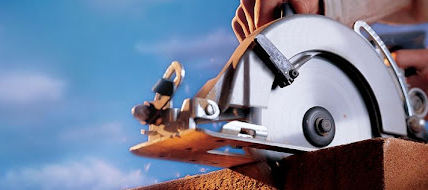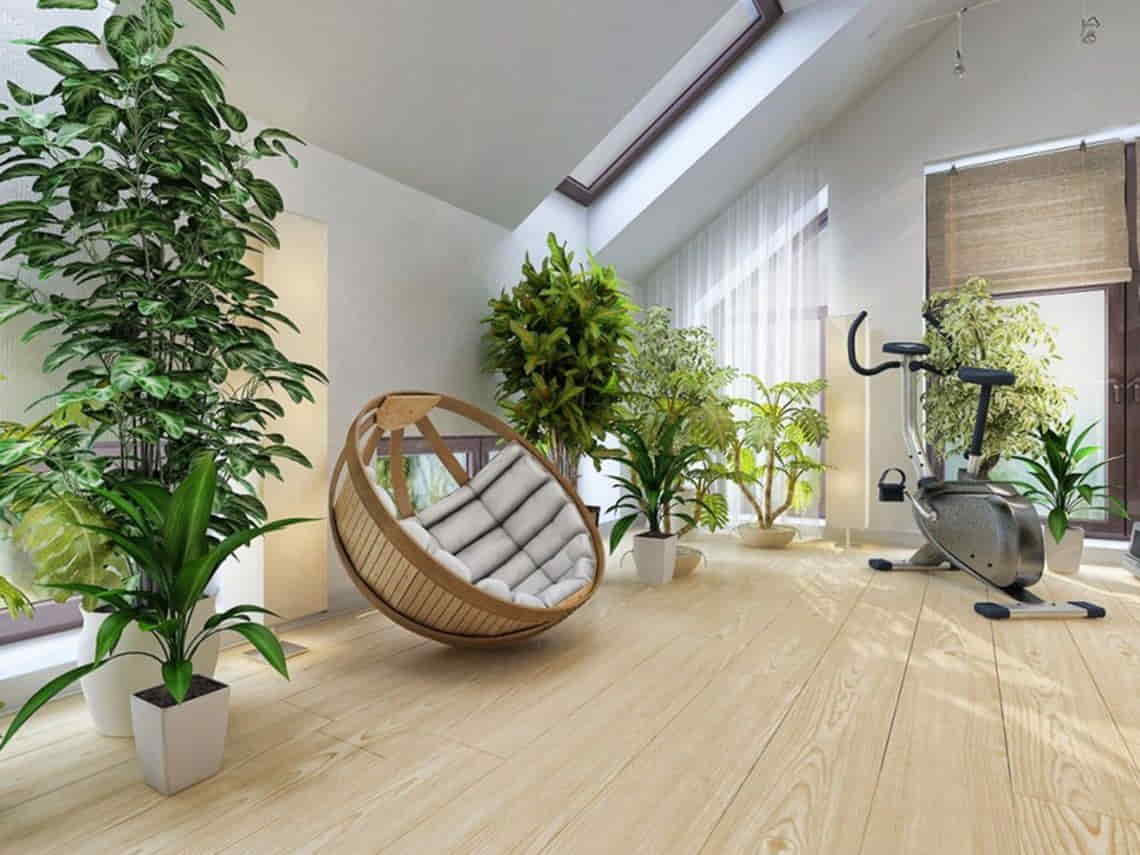Introduction
Embarking on do-it-yourself (DIY) plumbing projects can be empowering and cost-effective, but it’s crucial to understand the do’s and don’ts to avoid potential pitfalls. In this guide, we’ll explore essential tips for successful DIY plumbing, covering everything from basic tools to common mistakes to steer clear of.
Do: Basic Plumbing Tools Every Homeowner Should Have
A well-equipped toolbox is the cornerstone of successful DIY plumbing. Basic tools like a plunger, pipe wrench, and plumber’s tape can be lifesavers when addressing minor issues. Building a toolkit tailored to your needs ensures you’re ready for quick fixes.
Don’t: Ignoring Minor Leaks
Small leaks may seem inconsequential, but neglecting them can lead to significant problems down the line. Addressing leaks promptly not only prevents water damage but also saves you from expensive repairs in the future.
Do: Know Your Shut-Off Valves
Understanding the location and function of shut-off valves is essential for handling plumbing emergencies. Being aware of how to turn off the water supply quickly can prevent extensive damage in case of a sudden leak or burst pipe.
Don’t: Overusing Chemical Drain Cleaners
While it may be tempting to reach for chemical drain cleaners, overuse can harm your pipes and pose health risks. Opt for safer alternatives like a plunger or a homemade mixture of baking soda and vinegar to clear clogs effectively.
Do: Regular Maintenance Checks
Prevention is key when it comes to plumbing issues. Implementing routine checks, such as inspecting for leaks, checking water pressure, and examining exposed pipes, helps identify and fix potential problems before they escalate.
Don’t: DIY Repairs Beyond Your Skill Level
Attempting complex plumbing repairs without the necessary expertise can lead to more significant issues. Knowing when to call a professional plumber ensures that the job is done correctly and safely.
Do: Insulate Pipes in Cold Climates
Frozen pipes can result in costly damage. Insulating pipes in cold climates is a simple yet effective way to prevent freezing and ensure the continuous flow of water during winter months.
Don’t: Overtightening Plumbing Connections
Over-tightening fittings may seem like a way to secure connections, but it can lead to damaged threads and leaks. Achieving the right balance ensures a secure connection without causing unnecessary strain on the pipes.
Do: Invest in Quality Plumbing Fixtures
Quality plumbing fixtures may come with a higher upfront cost, but they pay off in the long run. Durable fixtures reduce the likelihood of leaks and breakdowns, providing a reliable and efficient plumbing system.
Don’t: Neglecting Septic Tank Maintenance
For homes with septic systems, regular maintenance is crucial. Neglecting septic tank care can lead to backups and environmental contamination. Following recommended maintenance practices ensures a properly functioning septic system.
Do: Research Before Starting DIY Projects
Thorough research is essential before tackling any DIY plumbing project. Utilize online resources, tutorials, and expert advice to understand the steps involved and ensure you have the necessary skills and tools.
Don’t: Ignoring Strange Noises or Smells
Unusual sounds or odors in your plumbing system are signals of potential issues. Ignoring them can lead to more significant problems. Addressing strange smells or sounds promptly can prevent costly repairs.
Do: Practice Water Conservation
Responsible water usage not only benefits the environment but also contributes to the longevity of your plumbing system. Implementing water conservation practices, such as fixing leaks promptly and using water-efficient fixtures, is a proactive approach.
Conclusion
In conclusion, mastering the do’s and don’ts of DIY home plumbing empowers homeowners to tackle minor issues and avoid common pitfalls. From basic tool knowledge to understanding shut-off valves and investing in quality fixtures, a proactive and informed approach ensures a smoothly functioning plumbing system.





